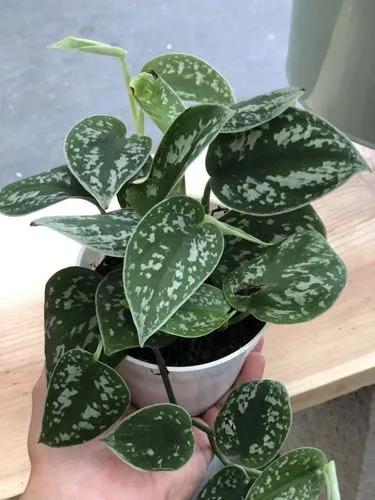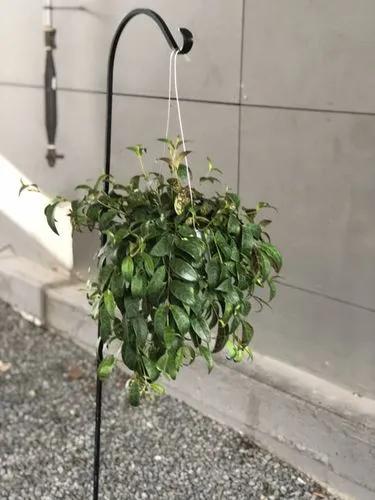Escargot begonias (Begonia rex) are a variety of rex begonia that produces spiral-shaped foliage that curls around at the base of the leaf. They're typically grown for their showy foliage, not their flowers. Escargot begonias prefer partial sunlight, moist but well-drained soil and plenty of fertilizer. They require little maintenance and pruning isn't necessary. Escargot begonias grow best in areas with high humidity, but excessive watering can cause fungal diseases or rot.
Begonia Escargot Care
begonia escargot
Other names: Snail Begonia, Spiral Begonia, Shell Begonia



How to Care for the Plant

Water

Begonia rex should be watered when the soil or pot feels dry, but don’t wait until the plant starts to wilt. You can cut back on water during their dormant period in the winter, watering only when the pot dries out. Humidity is crucial to keeping your rex begonia happy, however, spraying the leaves can lead to spotting. It’s better to cluster your plants, so they can create their own humid environment, or use a pebble tray.

Pruning

Large or gangly plants can be pruned into shape

Fertilizer

You can feed your potted plants monthly with any good houseplant food. Too much food will make for a scraggly plant, so pay attention and adjust the feeding to suit your variety. Rex begonias can be temperamental and you just have to find the right conditions and balance for your plant. Don’t feed at all during the winter.

Sunlight

Full sun to partial shade. Avoid direct sunlight. They need some light to keep their coloring, but bright, indirect light is best.

Soil

Rex begonias prefer light, rich soil. When planting directly in the ground, a moist, well-drained location is optimal and mulch will keep the roots shaded. In pots, be sure to provide drainage holes. A peat-based potting mix is ideal for containers.

Temperature

Begonia rex is sensitive to temperature changes and to temperatures below about 60 degrees Fahrenheit (16 Celsius). You can keep them happy as houseplants or store them dormant over winter, as you would with other tender bulbs. These plants do require high humidity (more than 50 percent), which means it can be difficult to maintain rex begonias indoors over the winter.

Popularity

136 people already have this plant 100 people have added this plant to their wishlists
Discover more plants with the list below
Popular articles






